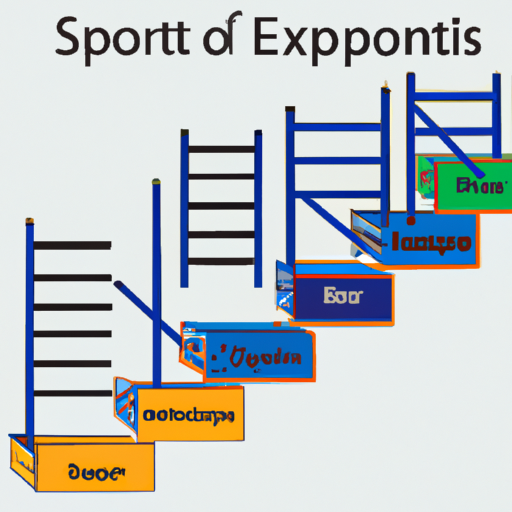Understanding the Sport Development Continuum
The sport development continuum is a comprehensive guide that outlines the various stages of athlete development in sports. It provides a framework for understanding the progression from grassroots participation to elite performance. In this article, we will delve into the details of the sport development continuum and explore its significance in the world of sports.
What is the Sport Development Continuum?
The sport development continuum is a model that illustrates the different stages an athlete goes through in their sporting journey. It encompasses a range of developmental levels, from introductory programs for beginners to high-performance pathways for elite athletes. The continuum serves as a roadmap for athletes, coaches, and sports organizations to understand the progression and identify appropriate development opportunities.
The Stages of the Sport Development Continuum
The sport development continuum typically consists of four main stages: foundation, participation, performance, and excellence. Let’s take a closer look at each stage:
1. Foundation: This stage focuses on introducing young athletes to the sport and developing fundamental movement skills. It includes activities that promote physical literacy, coordination, and basic sport-specific techniques. The emphasis is on enjoyment, participation, and building a strong foundation for future development.
2. Participation: In this stage, athletes continue to develop their skills and knowledge of the sport. They engage in organized competitions and structured training programs. The focus is on participation, skill acquisition, and fostering a lifelong love for the sport. Athletes at this stage may choose to specialize in a specific sport or participate in multiple sports.
3. Performance: At the performance stage, athletes demonstrate a higher level of skill, commitment, and competitiveness. They engage in more intense training programs, specialized coaching, and targeted competitions. The focus shifts towards achieving personal bests, winning at regional or national levels, and progressing towards higher levels of competition.
4. Excellence: The excellence stage represents the pinnacle of the sport development continuum. Athletes at this stage have reached elite levels of performance and compete at national and international levels. They receive top-level coaching, access to state-of-the-art facilities, and support services to optimize their performance. The focus is on achieving podium finishes, setting records, and representing their country at prestigious sporting events.
The Significance of the Sport Development Continuum
The sport development continuum plays a crucial role in the holistic development of athletes. It ensures that athletes progress through appropriate stages of development, allowing them to reach their full potential. The continuum also helps coaches and sports organizations in talent identification, talent development, and talent transition. It provides a structured pathway for athletes to follow, ensuring a smooth and systematic progression towards elite performance.
In conclusion, the sport development continuum is a comprehensive guide that outlines the stages of athlete development in sports. By understanding and implementing this continuum, athletes, coaches, and sports organizations can optimize the development process and pave the way for success at all levels of competition.




